-
Designer
bioSEA
-
Location
Singapore
-
Scale
Wall
-
Status
Prototyping
-
Services
Biomimicry design
-
Use
Building environments
-
Year
2022 - ongoing
Elephant Skin Tiles
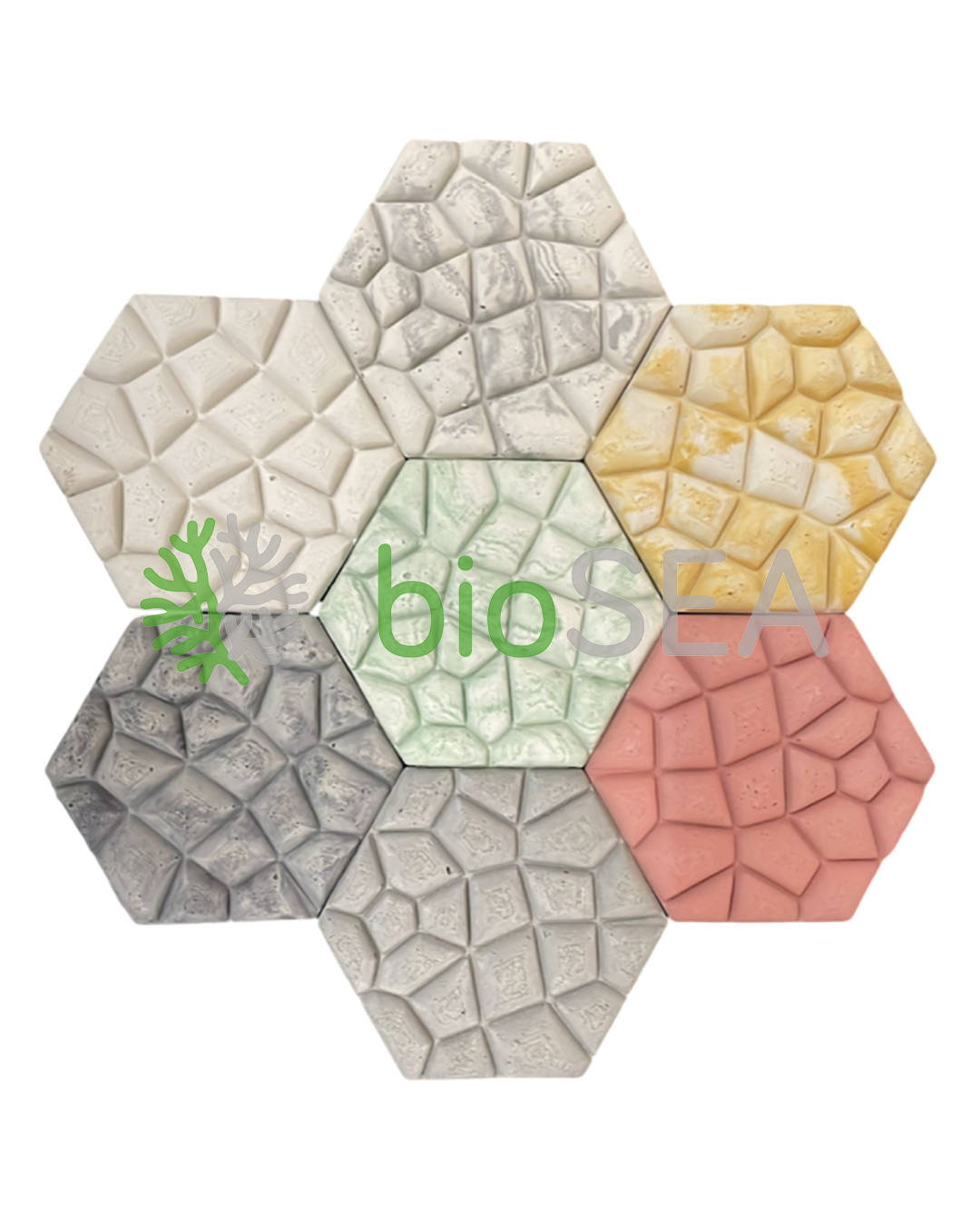

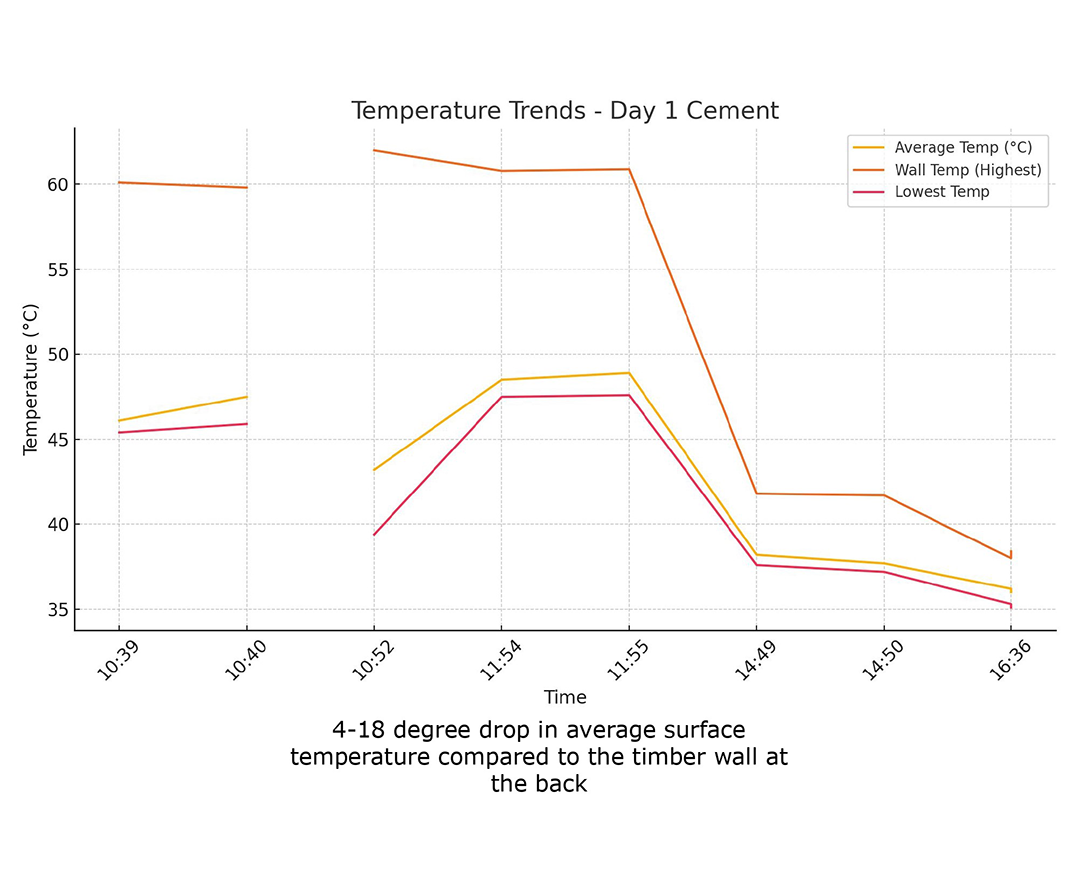

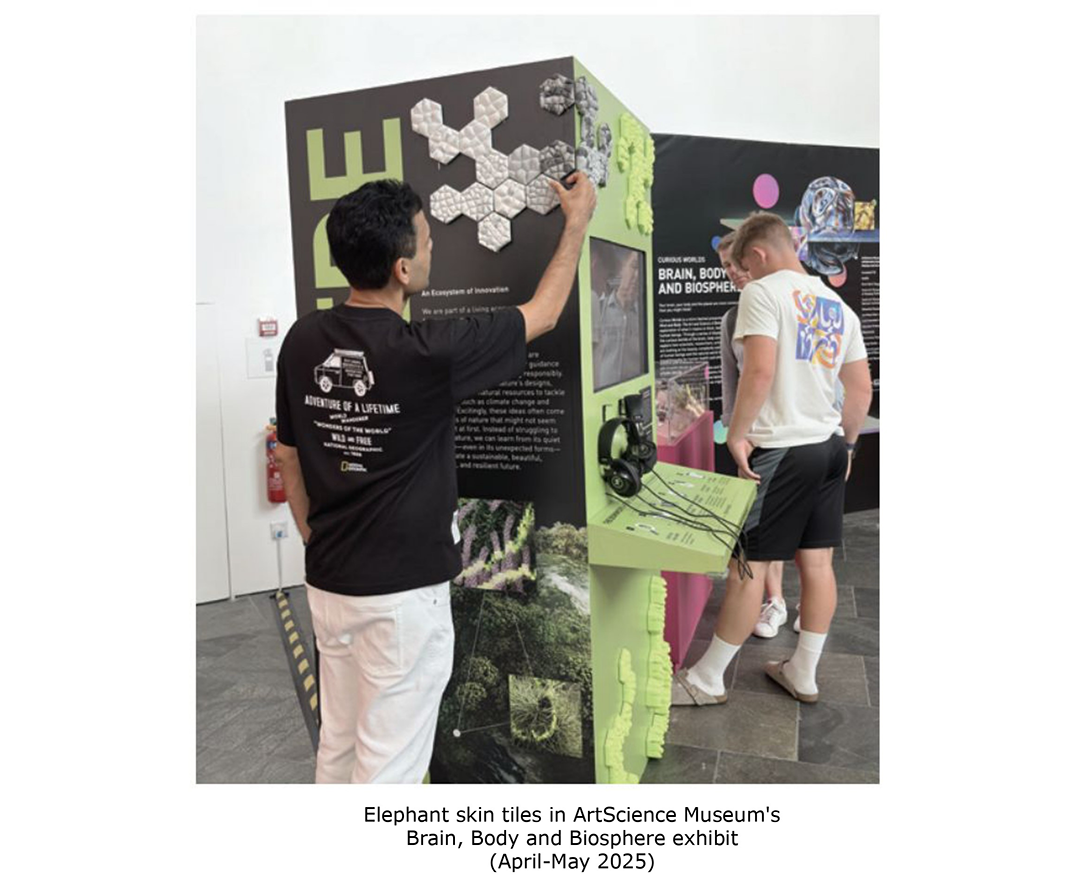
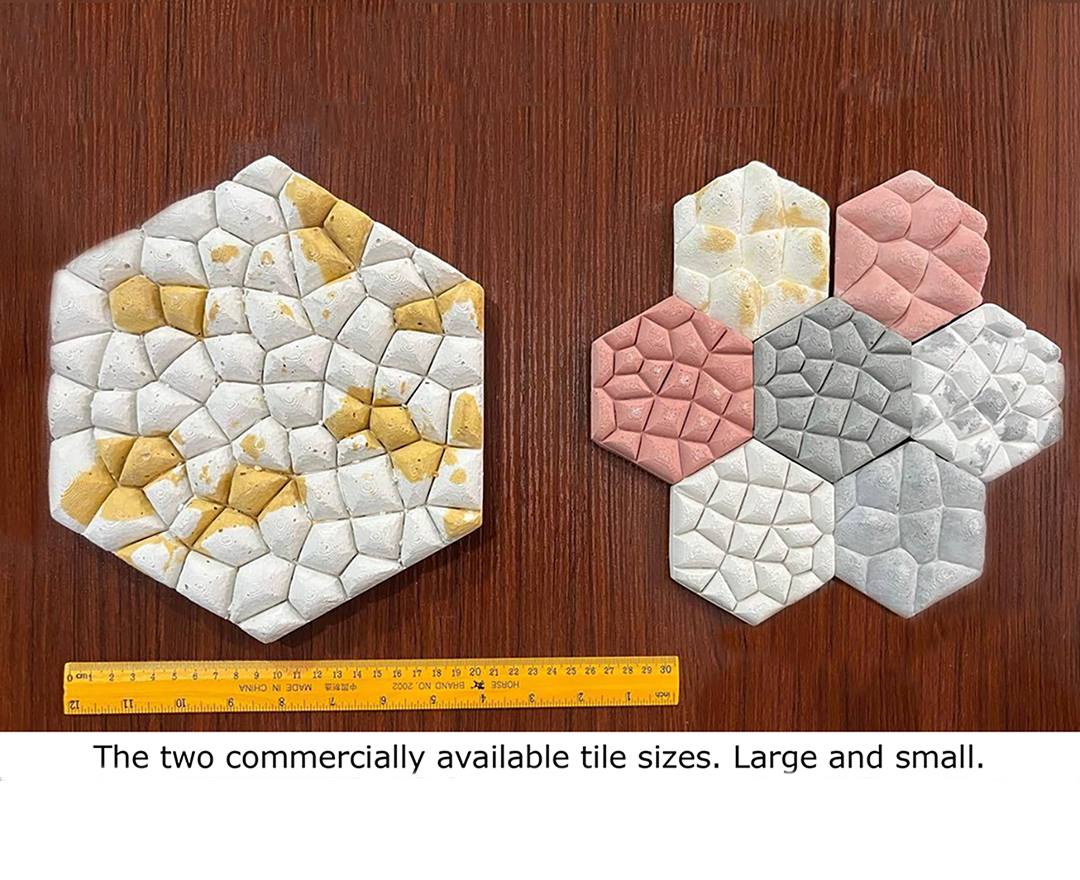
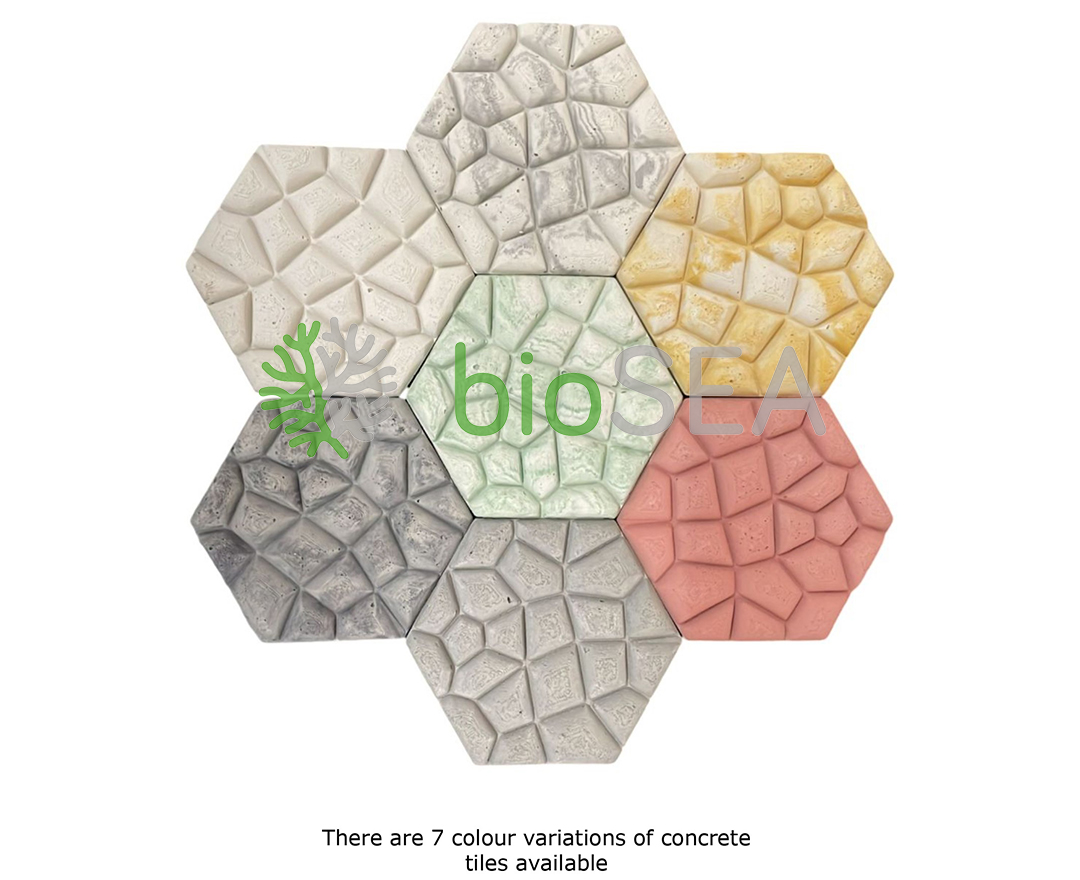
Project Summary
bioSEA has developed innovative elephant skin-inspired façade tiles that harness nature’s time-tested cooling strategies to address thermal challenges in tropical building environments.
Drawing on the remarkable thermoregulation mechanisms of elephants, which can survive days without water in harsh savannah climates, bioSEA created biomimetic tiles that replicate the self-shading, evaporative cooling, and water-retention properties found in elephant skin. Using advanced evolutionary algorithms (Hays et al. 2024), we computationally evolved optimal tile patterns through thousands of design iterations, achieving optimized cooling performance for incident radiation. Our simulations showed that heat flux across building facade tiles in Singapore had a 33% improvement due to textured tiles compared to flat tiles on average IR, and a 44% improvement in hot spot reduction.
Additionally, the tiles have been prototyped and tested in three different materials – recycled concrete, clay, and mycelium. The concrete tiles were manufactured at a solar-powered facility in India, using about 25% of recycled concrete and local pigments for vibrant colours. The mycelium tiles were developed in partnership with NTU Hortense Lab and Mykilio. Clay tiles were developed with Ferticlay.
bioSEA conducted performance testing across two key areas on tiles made of the above materials to evaluate practical building applications. Heat performance testing revealed that while mycelium tiles achieved the highest temperature reductions during peak sun exposure, recycled concrete tiles demonstrated lower but still comparable performance, with decent temperature reduction capabilities. A three-day spray test was also conducted to discern the moisture retention of the materials and the subsequent increase in cooling performance. While mycelium tiles consistently achieved the lowest temperatures and most stable cooling patterns across all test days, they are susceptible to degradation from UV rays and rainy conditions, making them unsuitable for outdoor applications. Recycled concrete tiles demonstrated reliable linear cooling trends. They maintained steady performance, unlike the clay tiles, which showed erratic temperature fluctuations and unpredictable heat absorption and release patterns throughout the monitoring periods. The consistent behavior of recycled concrete, combined with its inherent weather resistance and durability, positions it as the optimal choice for sustainable building applications where long-term outdoor performance is essential.
The tiles have been showcased across multiple exhibitions, including the National Design Centre (September-December 2023), the URA Cooling Singapore exhibit (November-December 2023), and ArtScience Museum’s Brain, Body and Biosphere exhibit (April-May 2025). A permanent one-year installation at NTU’s MAE entrance, launched in May 2025 (see blog post), incorporates QR code feedback systems to collect user perception data and validate long-term performance under Singapore’s tropical conditions.
The elephant skin tiles are commercially available in two standardized sizes, providing versatile building integration suitable for standalone installation or incorporation with existing green infrastructure systems. The larger tiles were fabricated in 2024 due to feedback that smaller tiles were labour-intensive to install. The tiles provide architects and developers with a scientifically proven solution for passive building cooling in humid, tropical environments.
Interested in ordering the tiles or creating a test facade? Please drop us an email, and we will be happy to work together.
